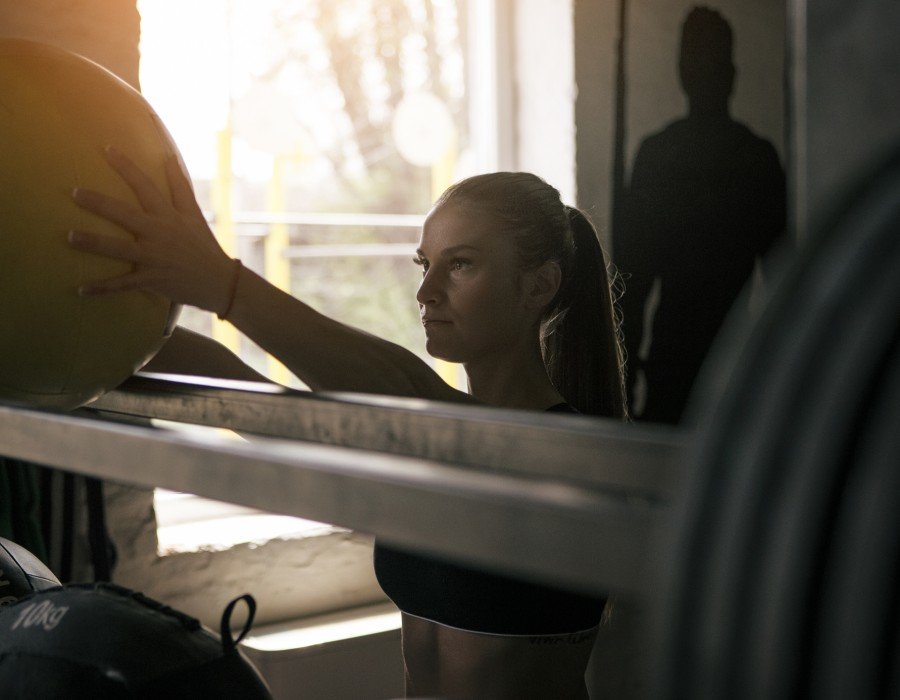Fitness and Performance
Physiotherapy for footballers

If you’re a keen footie fan or player you’ll probably be aware of the presence of a physiotherapist on the pitch side-lines. Their role extends far beyond match day, though. Physiotherapists are called upon throughout the months of training, the match itself and recovery. Let’s take a look at the role of physiotherapy in football injury prevention and treatment…
Pre-Match
Long before kick-off, physiotherapists play an integral part in a football team’s health and training plan. They will monitor the players’ general well-being including: hydration and sleep levels; resting heart rates and joint/muscular health. Prior to warm-up on the day, they may also provide joint mobilisation, massage and stretching. If necessary, physios will also apply taping or strapping to individual players. Another of their roles is to complete a fitness test with players returning from injury – to confirm their readiness to play.
During The Game
Physiotherapists are key members of the pitch-side support team for each side. They must be able to assess, diagnose, formulate a plan and treat injured players in a very short space of time. They will also have to make the critical decision about whether a player is able to continue playing. Strict guidelines are followed during this assessment. It’s essential that they remain calm under immense pressure; spectators, coaching staff and the rest of the team closely observe their assessment and management of injured players.
Post-Match
After the final whistle blows, physiotherapists continue to play a key role in supporting football teams. They’ll have to assess and treat any minor injuries picked up during the game. More serious injuries may require immediate scanning and a consultant review which the physio will attend with the player. They’ll also sort out ice baths and post-match massages where required.
What happens in the case of injury?
Should a footballer suffer an injury, initial physiotherapy intervention follows the PRICE process: protect, rest, ice, compression, elevation.
Following the 48-hour period after PRICE and after diagnosis, players must follow a return to play (RTP) plan. A physiotherapist will work with the injured player to:
- Decrease pain and swelling using methods such as cryotherapy
- Offload the affected area with appropriate aids – for example, an airboot or crutches
- Gradually restore range of movement through exercise and manual therapy
- Gradually restore strength through progressive exercises using body weight, strength bands and weights
- Improve functional movements with progressive loading and balance work
- Introduce ball work and fitness drills outdoors
- Prepare for return to play through non-contact sessions, progressing to full contact training
- Asses biomechanics and cause of injury if not traumatic, i.e. strain or sprain, to prevent further injury
How can physiotherapy for footballers help you?
Are you a keen footballer? If you are, and are either injured or concerned about getting injured, a visit to your physiotherapist can be very beneficial. At your first appointment, you’ll begin with a conversation to establish your main concerns. You’ll discuss the nature of your injury, how it affects you on a day-to-day basis and what your end goals are. The physiotherapist will then conduct a thorough assessment before making a clinical impression or diagnosis. They’ll suggest appropriate treatment options before devising a plan and starting your treatment. You can also ask any questions and get advice on timeframes for your return to training and playing in games.
As well as a specific treatment and rehab plan, your physio will suggest cross-training techniques to maintain your general fitness. As you near the end of your rehabilitation, your physiotherapist will discuss management techniques to avoid re-injury.